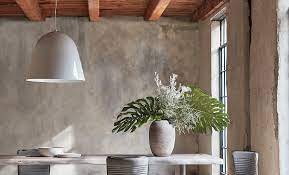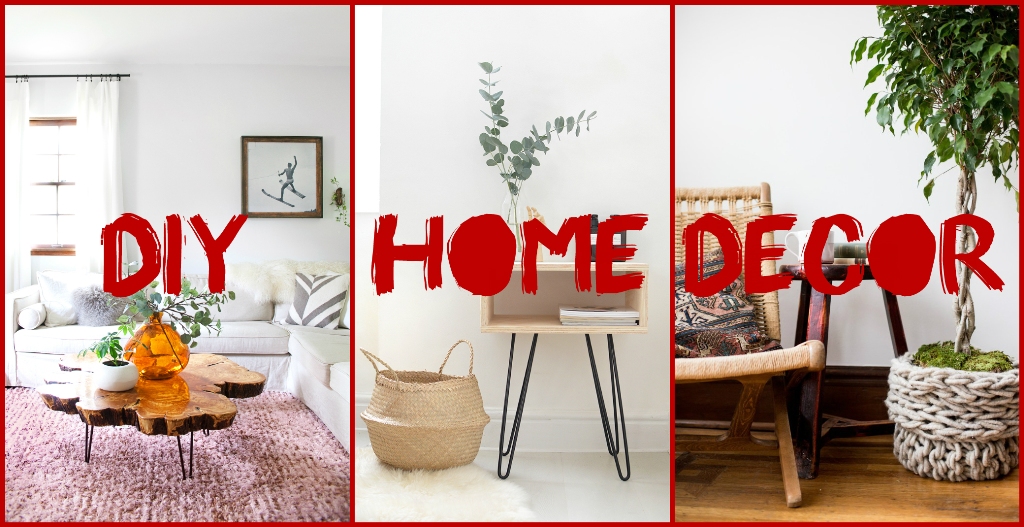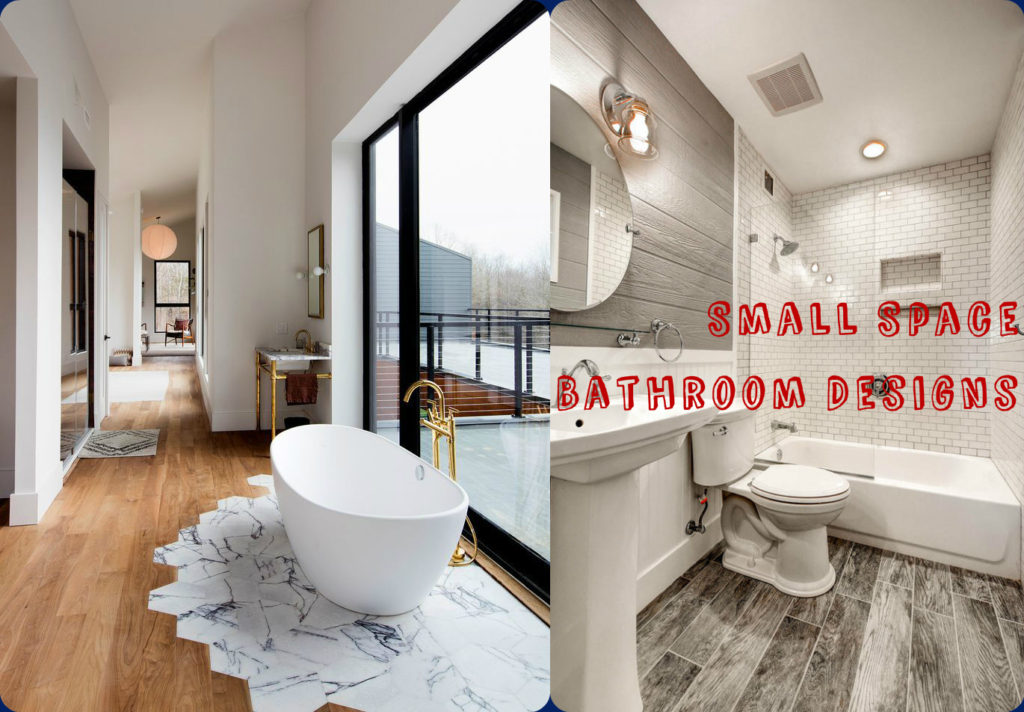The concept of wabi-sabi originated in China around the 11th century and then migrated to Zen Buddhism, which involves understanding the truth through hermitage and meditation.
Since the 15th century, wabi-sabi has become the basis of the traditional Japanese tea ceremony. In contrast to the lavish decorations of palaces and estates then relevant, all the attributes and atmosphere of the ceremony were as ascetic and straightforward as possible – all so that the true beauty of things and the value of an elusive moment would be revealed to a person.
The wabi-sabi interior also invites us to abandon the excesses in the form of decor, “decorations,” brightness, and artificiality in favor of conscious restraint. The semantic center of this direction is the person himself, who creates himself inside the environment, but not at the expense of the aesthetics of this environment, the formation of self-consciousness goes through internal self-knowledge and not with the help of the environment.
And nothing around should distract from this process. At the same time, the interior should be comfortable for life, so much attention is paid to the harmony of shades, the textures of materials and their naturalness, the asymmetry of lines and shapes, as well as storage systems to eliminate the factor of visual noise due to a pile of things.
Best Ways To Incorporate Wabi-Sabi Interior Design
Wall, floor, and ceiling covering.
All surfaces in the room should be neutral – like a canvas on which furniture and household items already form a harmonious unity. One trick is to use plaster, which looks like nothing has been applied to the walls. Rough painting of the walls is also used, and sometimes the concrete is left “naked” without finishing.
Roughness, cracks, and colors fading from time to time are the key points that form such an interior. A parquet with a pronounced wood texture and a natural pattern of lines will be excellent for the floor.
Lighting
Light is essential in wabi-sabi as it enhances the beauty of textures and hues. There should be a lot of light, but it should be diffused as if a ray of sunlight penetrates through the windows and gently falls on the floor and objects. This feature of the style was inherited from the traditions of the tea ceremony when the house is positioned so that even on bright noon, the crown of the tree shelters the building from the harsh sun, and the light neatly fills the space.
For example, natural textile pendant lights will visually add warmth to this style, made from a metal frame with a banana fiber or linen shade, and they provide subtle texture to the lighting design.

Furniture
Ideally, it should be with some flaw or, as they say, “with history.” For example, the facades of cabinets, as if knocked together from boards that came to hand, or a tabletop made from saw cut wood with an uneven circumference. At the same time, pieces of furniture should be simple and harmonious: functional and not drawing attention to themselves.
Textile
Of course, fabrics should also be chosen naturally, with coarse threads weaving – as if hand-woven a century ago. Shades should be muted in natural colors. A slightly sloppy bed or unevenly picked-up curtains will only add charm to the interior because this is how the absolute naturalness of everyday life is embodied. And in innocence and imperfections, as we remember, true beauty lies.
Dishes
Wabi-sabi is a handmade charm when each piece is unique and created in a single copy. An excellent choice would be ceramics, in which glaze and rawness contrast. Smudges and streaks of glaze or paint, scratches, a glued crack in the wabi-sabi philosophy, the nuances of handicraft work and the manifestation of wear and tear of dishes hide the endless beauty of a priceless moment that will never be repeated.
Final Words:
To understand the essence of the direction and its illustrated embodiment, you must first immerse yourself in this philosophy which is inherited in the concept of Wabi-Sabi. Asceticism and the aesthetics of imperfections in the interior are the features inherent in the wabi-sabi style, which is gaining more and more popularity every year. Hope The shared ways to incorporate the style will introduce fresh look and feel for your interiors.














